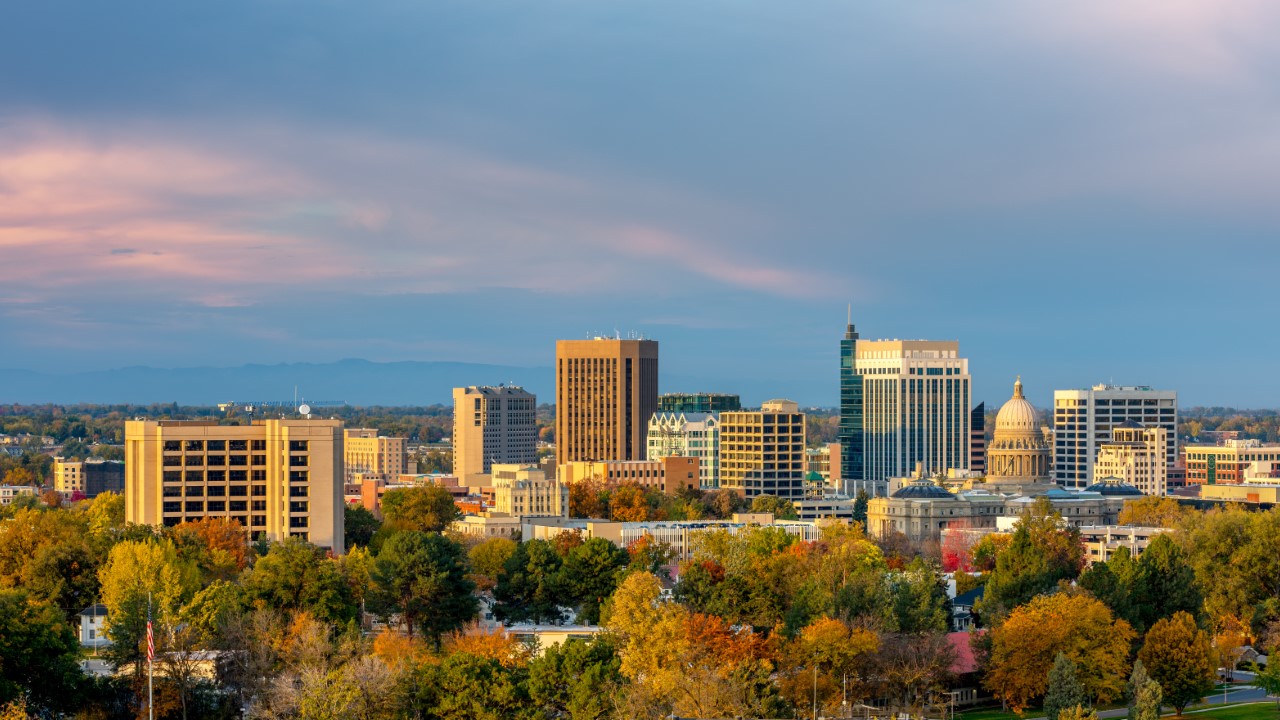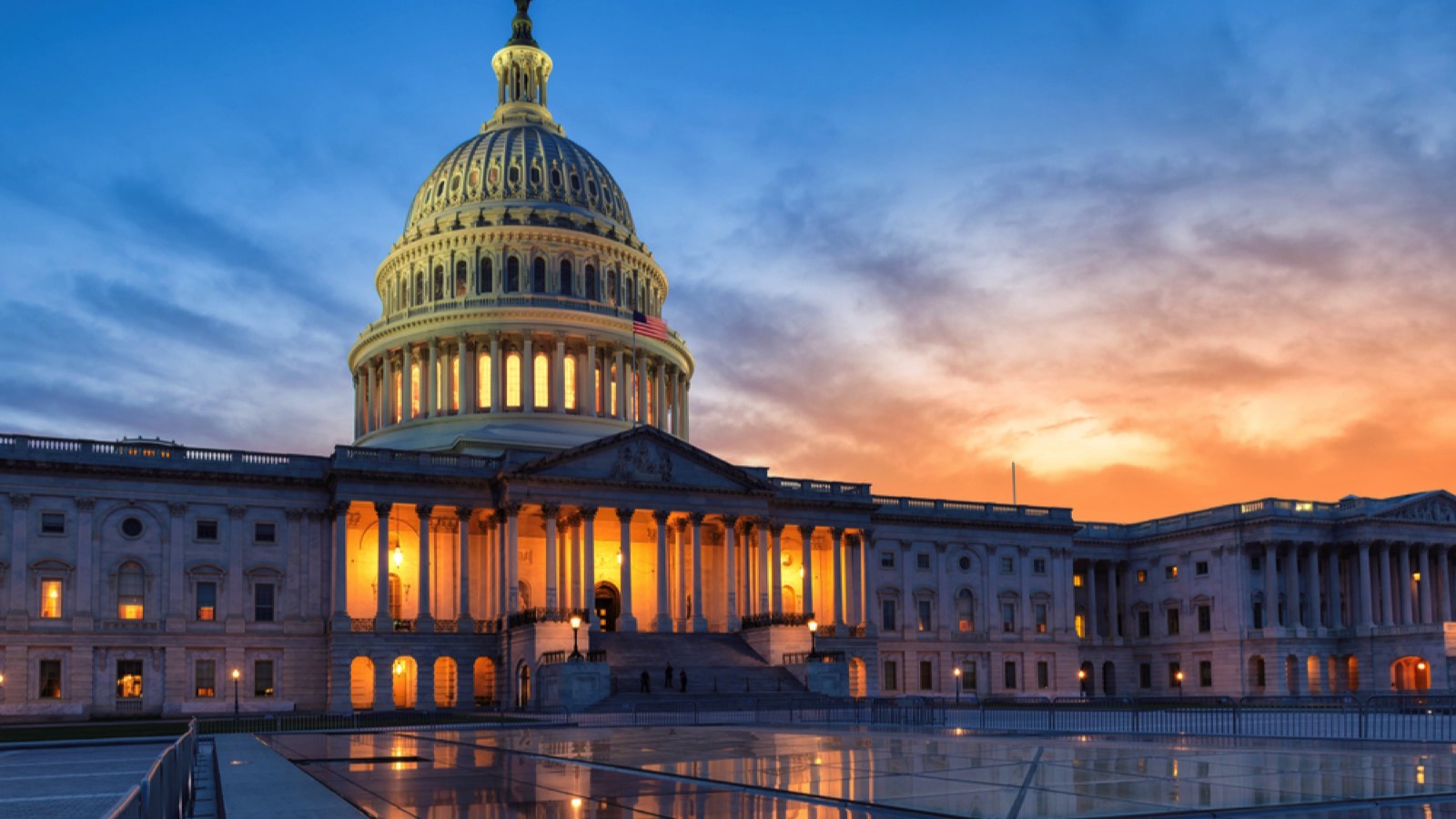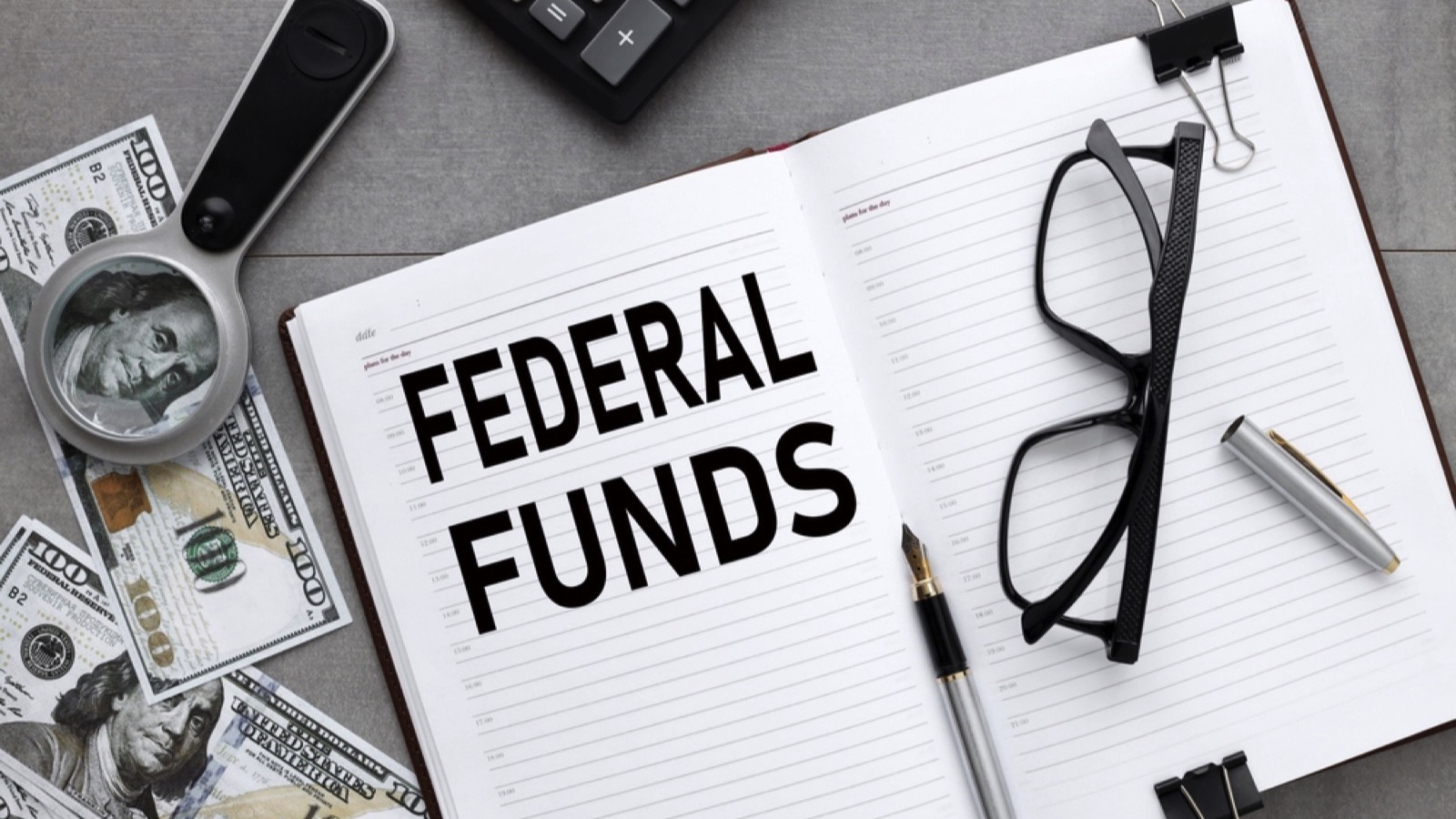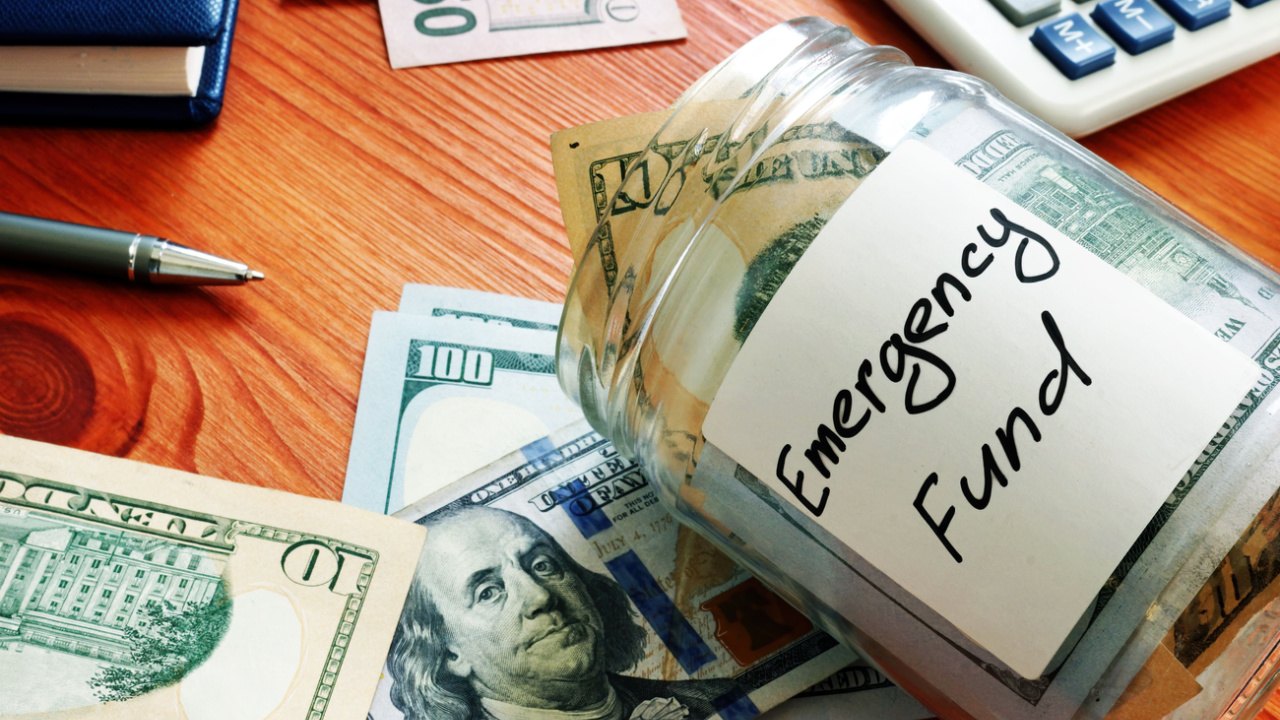The 17 States Most Dependent on Federal Aid – Simple Family Preparedness


Federal assistance plays a crucial role in keeping many American states afloat. This funding supports public services and construction projects, ensuring smooth operations.
Curious about how much your state depends on federal funds? A recent study delves into the numbers to show each state’s reliance on federal aid. The analysis considers various factors and highlights the states that would struggle the most with funding cuts.
Let’s uncover which U.S. states are most dependent on federal investment. Is your state on the list?
Michigan receives $0.99 in federal funds for every dollar paid in taxes, with federal funds making up 30% of its revenue. This support boosts Michigan’s manufacturing and automotive sectors despite its large GDP.
Federal investment is crucial for Michigan’s infrastructure and job creation efforts.

Idaho gets $1.15 in federal funds for every dollar it pays, with these funds comprising 21.8% of its revenue. Federal aid supports Idaho’s agriculture, technology, and smaller economy.
Increased economic diversity and a larger population could reduce Idaho’s dependence on federal aid.

Federal funds account for about 20% of South Carolina’s revenue, with $1.60 returned for every tax dollar paid. The state benefits from federal military spending due to large military facilities.
Federal aid is also needed for healthcare and social services, addressing income inequality and improving healthcare quality.

Federal funding makes up 18% of Virginia’s revenue, with residents receiving $1.91 for every dollar paid in taxes. The state benefits from federal contracts due to its closeness to Washington, D.C.
This funding strengthens Virginia’s economy through its defense, technology, and public service sectors.

About 21% of Maryland’s revenue comes from federal funds, with a return of $1.79 per dollar paid in taxes. Its proximity to Washington D.C. boosts the federal job market, making the state reliant on federal investments.
Federal funding supports Maryland’s healthcare and education sectors, particularly in urban and suburban areas.

Louisiana gets $1.33 in federal funding for each tax dollar paid, with federal aid comprising around 30% of its revenue. Frequent natural disasters like hurricanes lead to high federal spending on disaster management and recovery.
These funds are critical for Louisiana’s economy and disaster recovery efforts.

Hawaii relies on federal funds for 21% of its revenue, receiving $1.94 for every dollar paid in taxes. The state’s remote location and strategic military importance necessitate federal support for its bases.
These funds also help essential services and programs thrive, given Hawaii’s geographic challenges and higher cost of living.

Maine gets $1.78 in federal funding for every $1 paid in taxes, with federal funds making up 23% of its revenue. The state’s aging population increases the need for federal healthcare spending.
Maine’s rural nature also requires substantial investment in social services and infrastructure, supported by federal funds.

Montana’s federal grants account for 32% of its revenue, with residents receiving $1.43 for every dollar paid in taxes. The state’s rural nature and low population lead to higher per capita federal spending, especially in infrastructure and service delivery.
Federal assistance supports Montana’s agriculture and extensive road network.

Federal grants make up nearly 29% of Arizona’s budget, with the state getting $1.62 for each dollar paid in taxes. The health, education, and infrastructure sectors heavily rely on this funding.
Additionally, federal funds are crucial for border protection and healthcare programs.

Kentucky depends on federal grants for 30% of its revenue, receiving $1.68 for every dollar paid in taxes. Economic challenges in the health and welfare sectors drive this dependency.
Federal employment, particularly in military bases, also contributes to Kentucky’s reliance on federal support.

Federal aid makes up 28% of Alabama’s revenue, with $1.90 returned for every tax dollar paid. Alabama’s high poverty levels necessitate federal support for healthcare and education.
Large rural areas in the state also require infrastructure investment, making federal funds crucial for Alabama’s economy.

The District of Columbia receives $1.71 for every dollar paid in taxes, with federal funds making up a significant portion of its revenue. As the nation’s capital, it hosts numerous federal agencies and departments.
This includes funding for infrastructure, public services, and security measures, essential for supporting its operations.

Mississippi gets nearly 26% of its revenue from federal aid, with $2.66 for every dollar paid in taxes. The state’s high poverty rates and frequent natural disasters increase its reliance on federal support.
This aid is vital for healthcare, education, emergency response, and maintaining core operations.

Alaska relies on federal grants for over 29% of its revenue, receiving $2.65 for every dollar paid in federal taxes. The state’s harsh environment and low population density make infrastructure costly to maintain.
About one in every 20 workers in Alaska is a federal civilian employee, highlighting the state’s dependence on federal funding.

Federal funds account for about 27% of West Virginia’s revenue, with the state getting $2.91 for every tax dollar paid. The state’s economic struggles and low health rates increase its need for federal aid.
This funding goes towards health, education, and infrastructure development programs, which are crucial for addressing the state’s challenges.

New Mexico receives $3.42 in federal funding for every $1 it pays in taxes. Nearly 31% of its total income comes from the government. This high dependency is due to significant federal installations and a high poverty rate.
New Mexico relies on this funding to support essential services like healthcare, education, and welfare.

Research from MoneyGeek developed a comprehensive score to evaluate states’ dependence on federal funding in 2024. The two primary metrics are the return on taxes paid to the federal government and the percentage of each state’s revenue from federal funds. Using IRS data, they calculated how much each state paid in taxes and compared it to federal payments, excluding Medicare.
The percentage of each state’s revenue from federal sources was determined using U.S. Census data on revenue sources. These metrics were weighted and converted to a 100-point scale.

FIRE – Financial Independence, Retire Early. That’s the dream, right? Quit the rat race and live life on our own terms. It’s totally doable. Plenty of people join the FIRE movement and manage to retire pretty quickly. And there’s a LOT of advice out there on how to do it. Sadly, much of the advice is outdated or just plain bad.

In times of uncertainty, financial stability is more crucial than ever. While prepping for physical emergencies is vital, don’t overlook financial prepping. Avoiding these common money mistakes can help make sure you’re in a stronger position to weather any storm.

With recent global unrest and economic uncertainties, many people are starting to worry about the stability of our money. They’re looking for new options like cryptocurrencies. Using digital money might sound strange, but it’s becoming more common. Big names like Bitcoin and Ethereum are leading the way. This article will look at how cryptocurrency could change things in a shaky economy. We’ll discuss the good and bad sides of using digital money. Get ready to learn about the crypto world and how it might affect our financial future!
